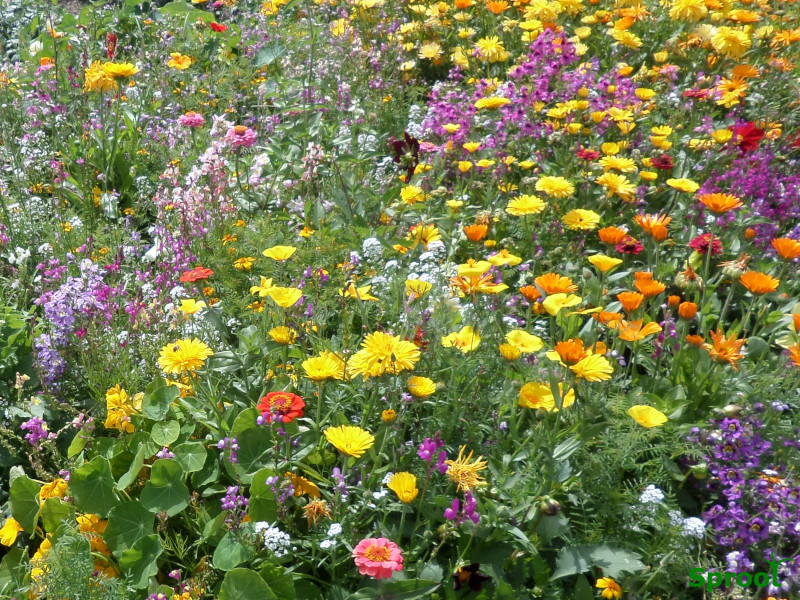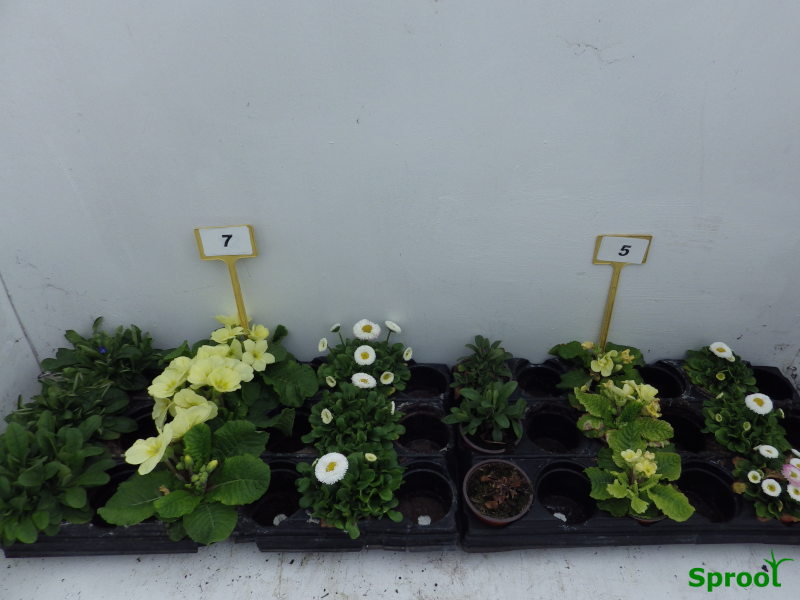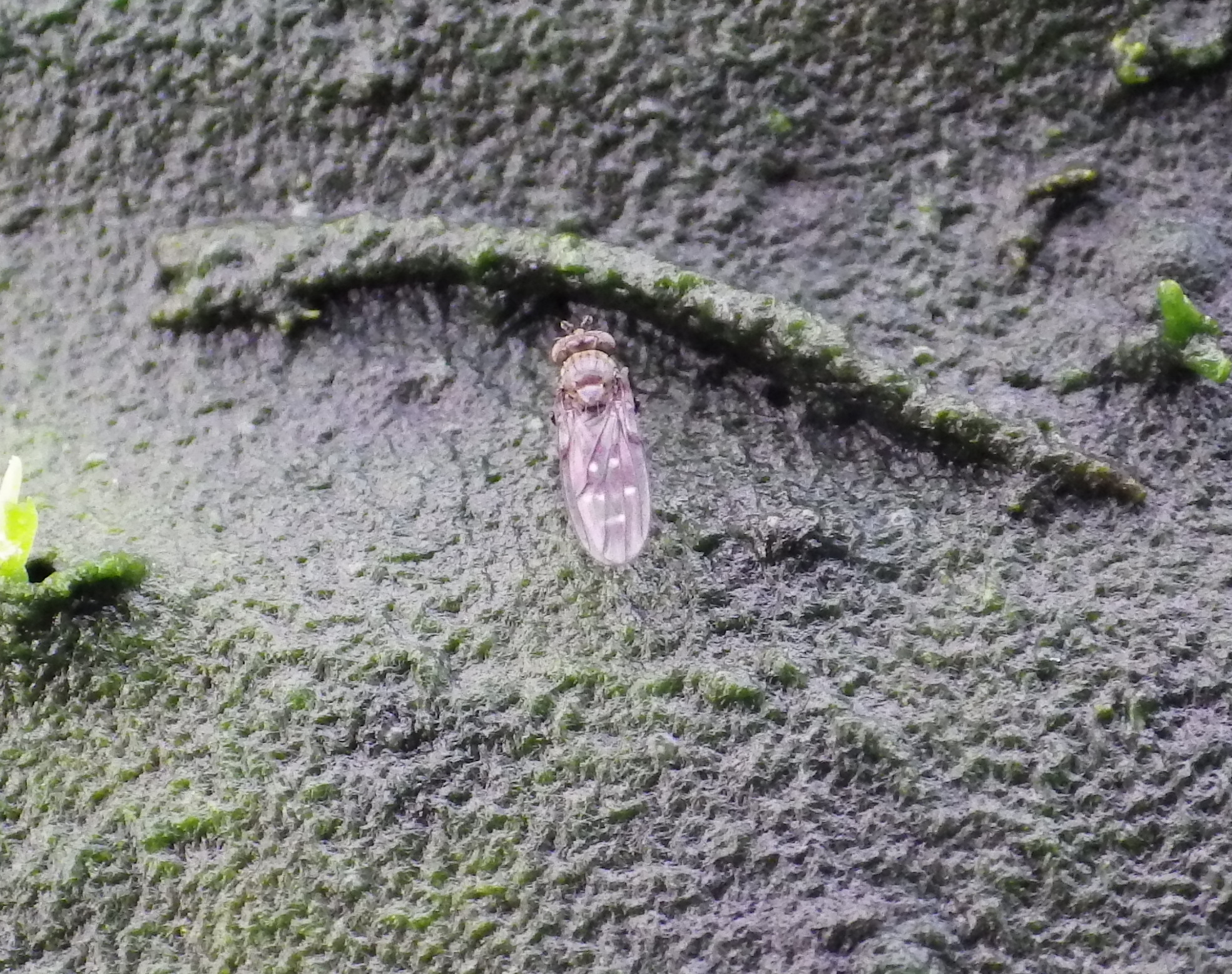How We Can Help You Garden More Naturally
In over 40 years of horticulture, I’ve witnessed many changes in pest control and the promises of new technologies, some of which have led to environmental consequences we’re still grappling with today. Effective pest control is crucial, no one wants crops ravaged by pests, and we do have to eat. But as with most complex issues, there’s a spectrum of opinions, from advocates of fully organic methods to proponents of routine chemical pesticide use. Striking a balance between these approaches is key to a more sustainable, productive garden.
The Roots of Modern Pest Control: A Brief History
Before synthetic pesticides, growers used basic tools and natural remedies, like companion planting and elemental solutions, to protect crops. Sulfur, for example, was used to ward off moulds, while arsenic was a common insecticide due to its toxicity. In the 19th century, extracted botanical compounds like nicotine and pyrethrins joined the arsenal, and inorganic compounds like Paris Green and Bordeaux Mixture proved effective but had long-lasting environmental impacts.
The Chemical Revolution: A Double-Edged Sword
The 20th century witnessed a dramatic shift with the development of synthetic pesticides.
The major shift came with the discovery of organochlorine pesticides like DDT in the 1940s. DDT was cheap, highly effective, and long-lasting, making it popular for both military and agricultural use. But by the 1950s, pests began to develop resistance to DDT, and its negative effects on wildlife and human health became more apparent. Rachel Carson’s book Silent Spring famously highlighted these dangers, sparking a movement that led to DDT bans in the 1970s.
When DDT was phased out, organophosphates (like parathion and malathion) soon took over, praised for supposedly breaking down quickly in the environment. However, they too proved problematic, accumulating in water sources and posing risks to human and animal health. The similar Carbamate insecticides followed, thought to have less environmental persistence, but these proved to have long lasting effects.
The latest in a series of promises came with the introduction of neonicotinoids in the 1990s, touted as less harmful to humans and non-target species. However, they’ve been implicated in ecological issues, particularly for pollinators like bees, and their persistence in soil and water has sparked new environmental battles.
Working with Nature: Biological Pest Control
At the heart of sustainable gardening is biological pest control, a technique that leverages nature’s own regulatory mechanisms to manage pests without harmful chemicals. Biological pest control brings balance to the ecosystem, reduces the risk of resistance, and minimizes environmental harm. Here’s a look at three key types of biological control:
Conservation Control: This method encourages the natural predators already present in your garden. By providing food, shelter, and conditions that support beneficial insects, you can reduce pest populations naturally. For example, planting flowers that attract ladybugs or parasitic wasps supports natural pest control.
Classical Control: When new, invasive pests arrive, scientists may introduce their natural enemies from the pest’s native habitat after thorough testing. This approach is ideal for long-term plantings, as it allows beneficial populations to establish and keep pests in check.
Enhancement Control (Augmentation): This involves introducing beneficial insects or microbes as needed to control pests. It’s particularly useful for quickly reducing pests on fast-growing crops or in instances where natural predators are insufficient.
Practical Steps for a Balanced, Natural Garden
Increase the biodiversity.
We need to consider the style of garden you have, with a natural garden you may have to accept some amount of pest and disease damage and a wilder more informal look.
Flower and shrub gardens
With flowers and shrubs I think it is easier to garden naturally you can plant a wide range of plant types and species, and aim for different heights and flowering periods to encourage natural beneficial insect populations. This method encourages the natural predators already present in your garden. By providing food, shelter, and conditions that support beneficial insects, you can reduce pest populations naturally. For example, planting flowers that attract ladybirds or parasitic wasps supports natural pest control. Introduce or encourage native plants that are well-adapted to local conditions and support native wildlife. Have a weed corner with nettles and native weeds to provide a habitat for native pest predators. Build Wildlife-Friendly Features to provide shelter for birds, insects, and small mammals. Add birdhouses, bug hotels, and brush piles. Don’t be too tidy, leave old flower heads on for the birds to forage, use autumn leaves as a mulch under established plants, they provide cover for predatory insects
Fruit, vegetables and hobby plants
When you are growing plants for food, or hobby plants you will attract pests and diseases. You can still grow naturally but it will take some planning and regular monitoring. Growing large quantities of one type of plant or permanent fruit encourages pest and disease populations to build up over the years, you need to plan for this. If you plant gooseberries an annual sawfly attack is guaranteed. So natural pest control might be mechanical using insect netting or fleece to prevent attacks.
Aim to grow Happy plants
Choose plants carefully, check what they like, for instance a sun loving plant won’t be happy in the shade. Plants that are given the correct conditions are less likely to have diseases and pests. Growing the same crop in the same place repeatedly attracts pests specific to that plant. Rotating crops and diversifying plantings can disrupt pest cycles, reducing the likelihood of infestation. Incorporate flowers, herbs, and vegetables with different blooming periods.
Encourage Beneficial Insects and Organisms: Companion planting, such as marigolds with tomatoes, repels certain pests. Creating a habitat for beneficial insects, like bees and predatory wasps, further aids natural pest control.
Reduce Chemical Use and Avoid Over-Fertilisation: Over-reliance on chemical pesticides creates an imbalance in the garden. Many pesticides kill non-target insects, weakening the ecosystem and setting the stage for pest resistance. Fertilisers should also be used judiciously, as over-fertilisation creates weak plants that attract pests.
Utilise Organic and Microbial Pesticides if possible: Organic pesticides derived from natural sources, like neem oil or microbial insecticides (using bacteria like Bacillus thuringiensis), target pests without the residual impacts of synthetic chemicals.
Monitor and Practice Integrated Pest Management (IPM): Inspect your plants regularly to catch pest issues early. IPM involves using a combination of methods, such as biological controls, cultural practices (e.g., crop rotation), and targeted treatments, to manage pests sustainably.
Can We Go Fully Organic?
It’s possible to eliminate synthetic pesticides, but in certain seasons or severe pest situations, some gardeners may need limited use of conventional products. When choosing this approach, select pesticides that are least toxic to non-target species, and always prioritise methods that support a healthy balance of natural predators and beneficial organisms. It is often overlooked but many organic pesticides are just as toxic and non-selective as synthetic pesticides, the main difference is persistence, organic pesticides degrade faster and need to be applied more often.
By blending methods and fostering balance, we can all cultivate resilient, productive gardens that thrive naturally. Through this combination of historical understanding, biological control, and sustainable practices, gardening can not only meet our needs but support a healthier ecosystem for generations to come.




